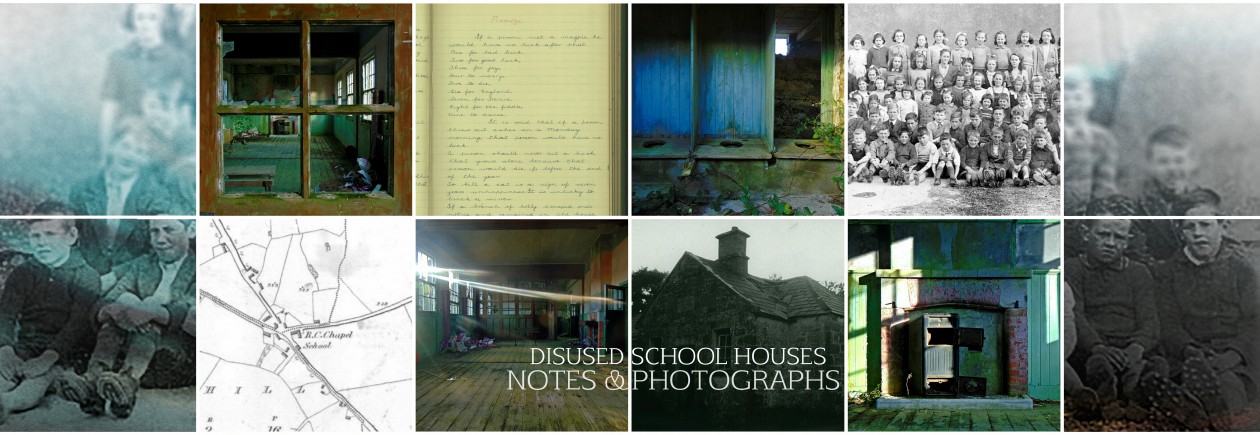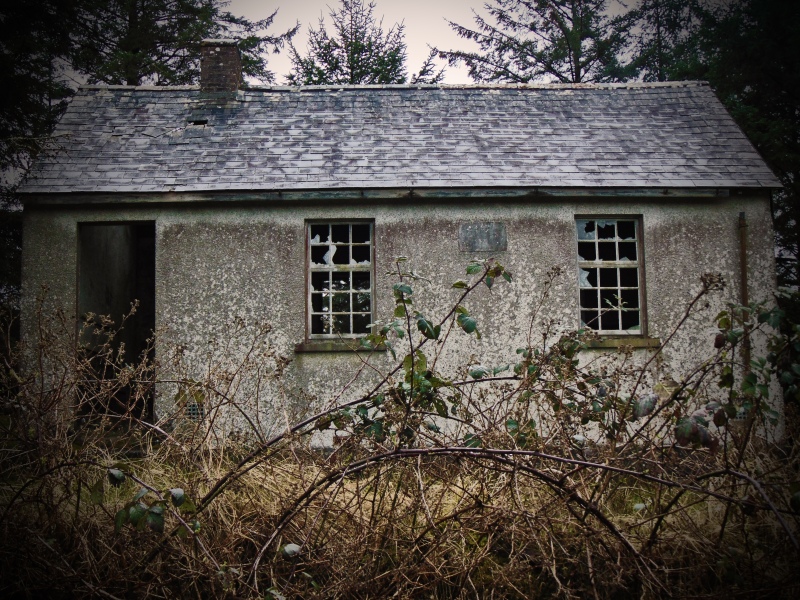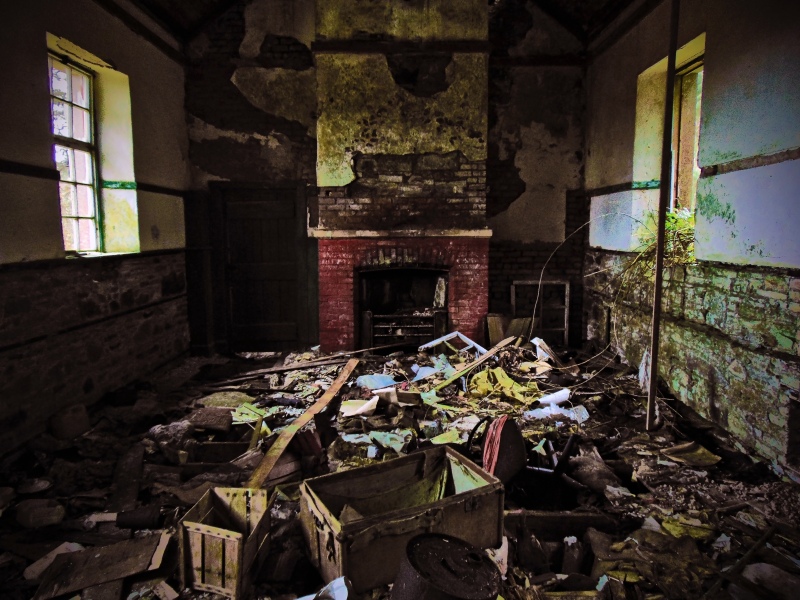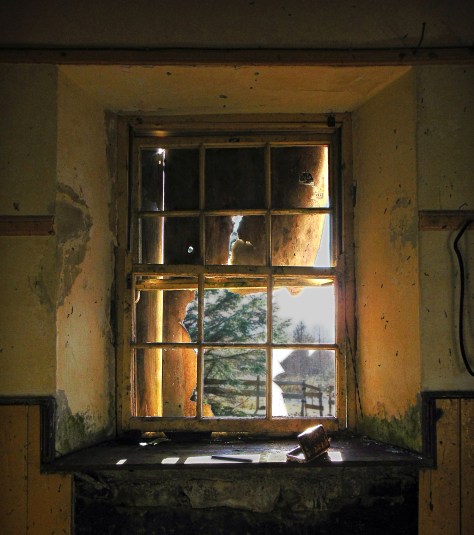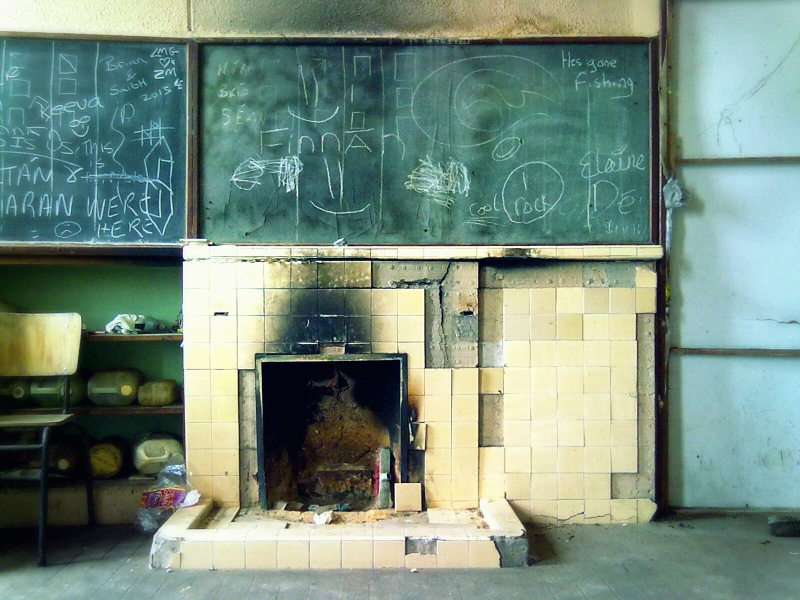Tryhill National School, Trihill East townland, Co. Galway
(dated c.1830)
NGR: 178847, 249237
Nineteenth-Century two-storey National Schools are relatively unusual in Ireland, particularly in a rural setting. They often date to the early part of the 19th Century, before the construction of ‘to-plan’ school houses began to be overseen by the OPW, after the the National School Act of 1831. There are exceptions to this of course, such as Clenor and Carraig National School, Co. Cork built in 1884, or Killymarly National School in Co. Monaghan, built c.1850. But these are few and far between.

Tryhill National School in Trihill townland in Co. Galway is perhaps on of the best preserved disused two-storey National Schools in a rural setting that I’ve encountered over the past few years – this despite the fact that a gaping hole has been knocked into the rear of the property where a staircase once allowed access to the two classrooms on the upper floor. The building is situated next to the island on the river Shiven in an area known as Islandcase, located to the south of the town of Ballygar in East Galway, and the surrounding landscape is predominantly low-lying and wet with areas of bogland and wet pasture throughout.

The building comprises a detached, five-bay, two-storey school, built c.1830, but now derelict. Georgian in period, it includes a fine pitched slate roof which still serves its purpose well and which still retains its cast-iron rainwater goods.

One of the most attractive features of the building is the segmental-headed fanlight over the entrance which in turn retains its original double-leaf timber-ledged and braced door. A stone plaque is still located over the front door and reads; ‘Tryhill National School’; a crude stone cross is included underneath the plaque. The building is set back from road in open ground with a random rubble stone boundary wall to the front, and hedges to side and rear which mark the area of the associated playground. This playground was once divided into boys and girls sections by a high wall.

Inside, recent alterations to the stairwell and exterior wall not withstanding, many of the details of the former school still remain. The painted wooden ceiling over the former stairwell remains vibrant, and the wood paneling that separated the first floor classrooms seems nearly as fine as the day it was installed.


Continue reading Tryhill National School, Trihill East townland, Co. Galway
